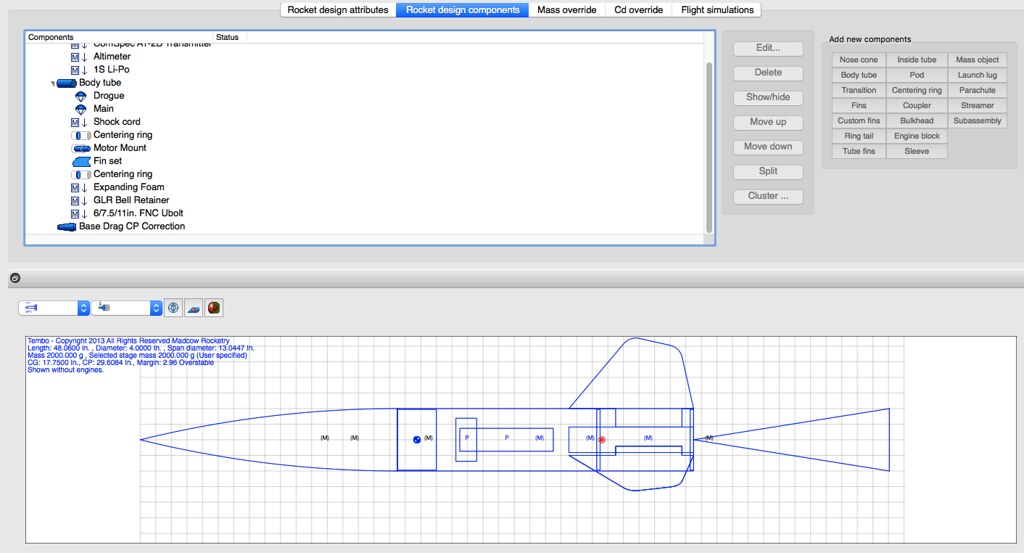Building a MAC Performance 3FNC. This is the very epitome of short and stubby (4" d. X 29" tall).
My ORK with motor shows a stability margin of .23 cal. And yet the sim shows me 2200' of altitude on a Loki H160.
By the CP/CG rule, this rocket is not stable; but by the short & stubby rule, I believe it is.
I know base drag has something to do with the stability, but I'd like something a little more concrete. Thanks.
My ORK with motor shows a stability margin of .23 cal. And yet the sim shows me 2200' of altitude on a Loki H160.
By the CP/CG rule, this rocket is not stable; but by the short & stubby rule, I believe it is.
I know base drag has something to do with the stability, but I'd like something a little more concrete. Thanks.




